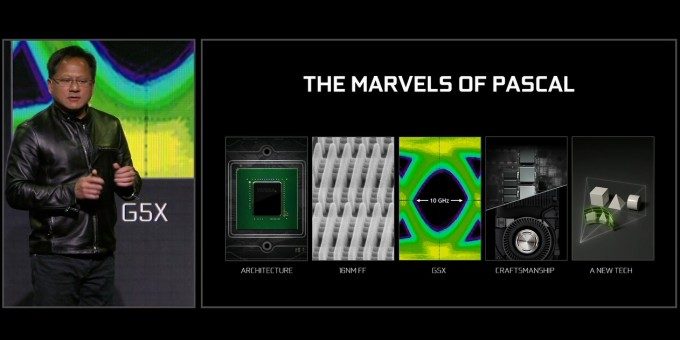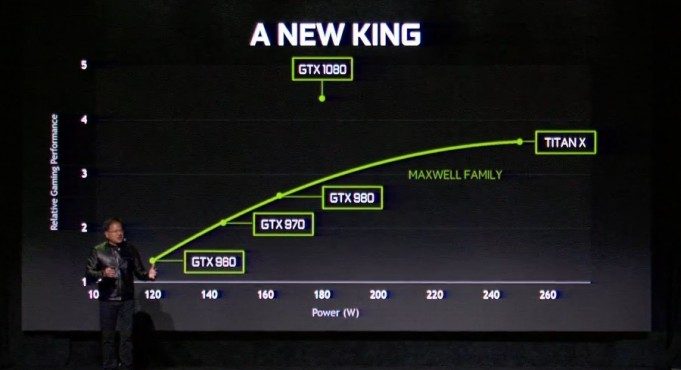At a special event in Austin Texas this evening, GPU giant Nvidia have revealed their long awaited next generation graphics cards based on the company’s new ‘Pascal’ architecture and built to tackle the rigours of virtual reality. The first card available on this new architecture is the GTX 1080.
Nvidia’s annual ‘Editors’ Day’ took place today in Austin, Texas, with the graphics card specialists seemingly poised to launch what is rumoured to be one of the biggest shake up to their GPU line-up in generations. After months of rumours and speculation, Nvidia finally revealed their new card line-up based on the company’s newest ‘Pascal’ architecture.

The new GTX 1080 card will reach market this year and are based on Nvidia’s 16nm manufacturing process. The company claims that 1000s of engineers have worked towards the performance available in these new GPUs, for more than 2 years. The Pascal project was the “largest chip project endeavour in the history of computing” and a result of “several billion dollars in R&D” according to Jen-Hsun Huang, Nvidia’s CEO. Pascal represents the worlds first 16nm FinFET GPU and the first to use Micron’s G5X memory architecture. 
The GPU was used in live demonstrations as part of the event, apparently running air-cooled at over 2.1Ghz with memory at 5.5Ghz. The star of this demo being a character study for Epic’s upcoming game Paragon, running real-time at 60FPS.
The cost of Nvidia’s new flagship graphics card? It’ll go on sale for $599 with a ‘founders edition’ coming in at $699, available from May 27th.
Disclosure: Nvidia paid for travel and accommodation for one Road to VR correspondent to attend an event where information for this article was gathered.








